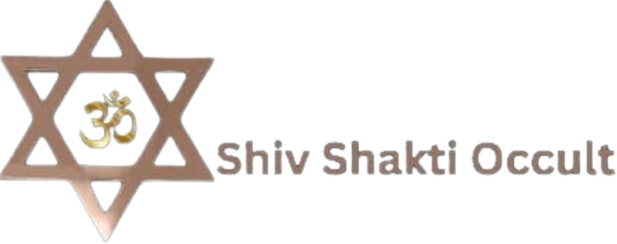Reiki in the training and certification process for Reiki, a Japanese energy healing modality that promotes relaxation, stress reduction, and holistic wellness. Each level builds upon the previous one, deepening the practitioner’s understanding of Reiki principles, techniques, and applications.
